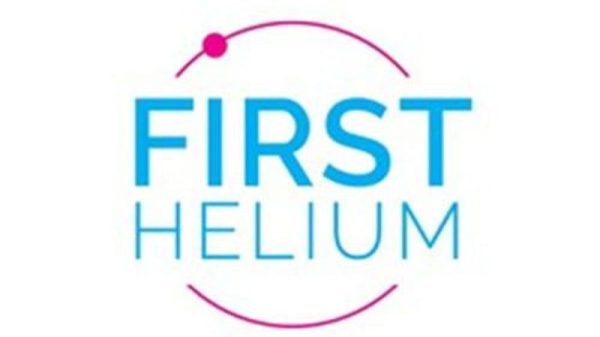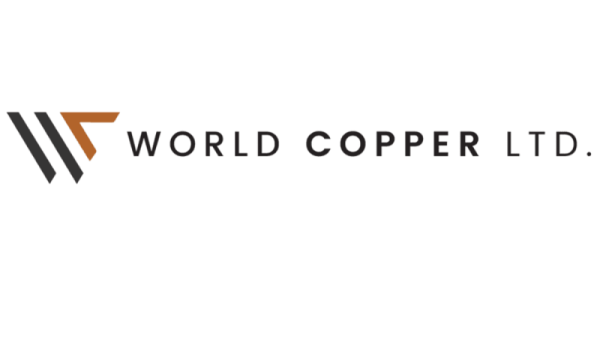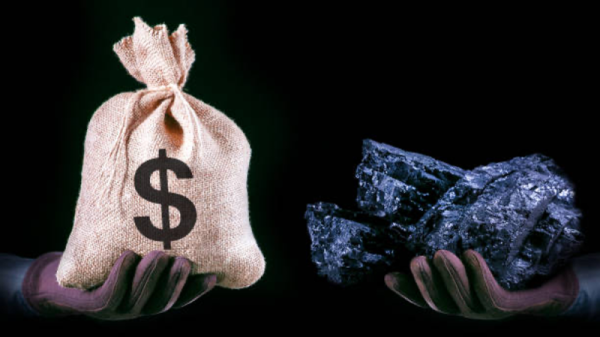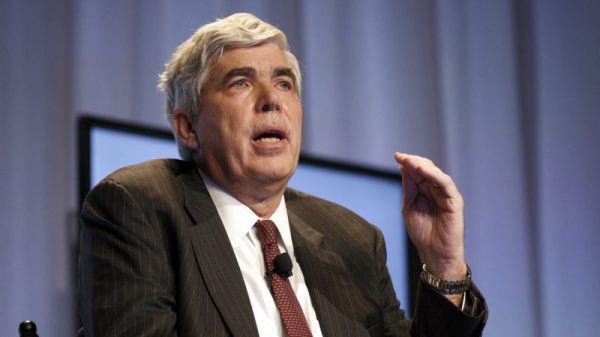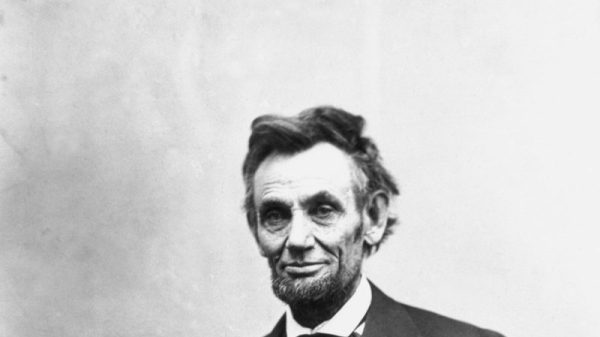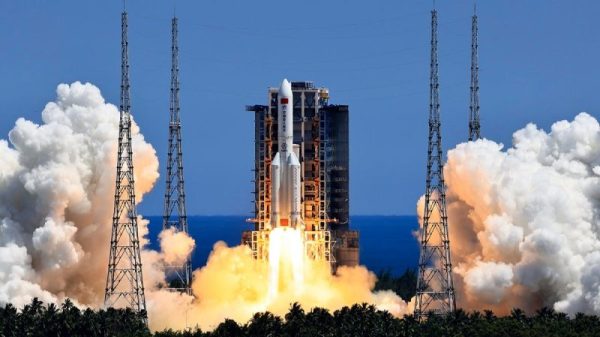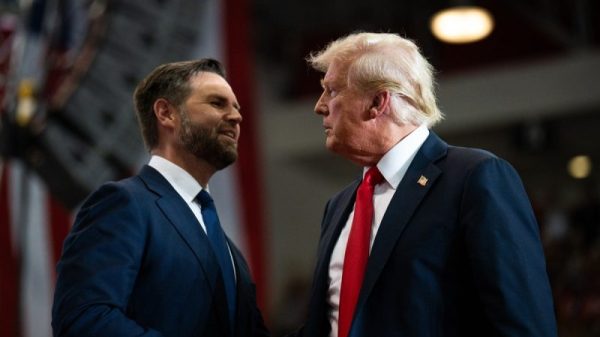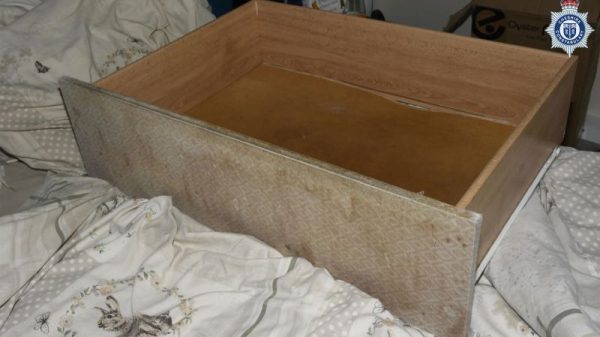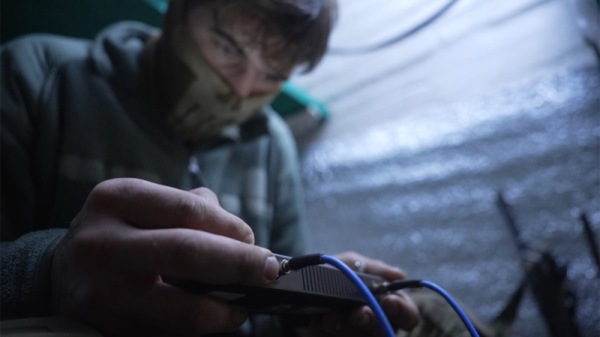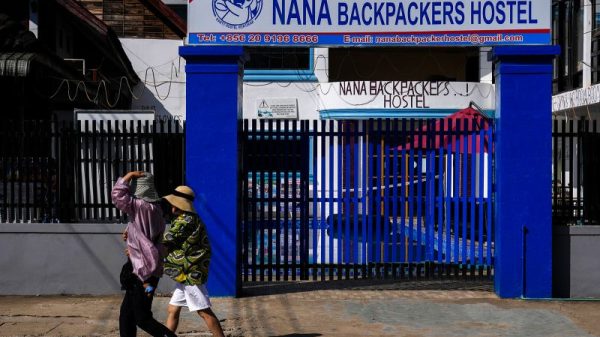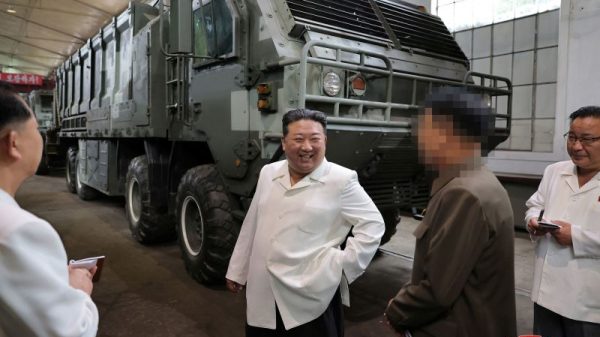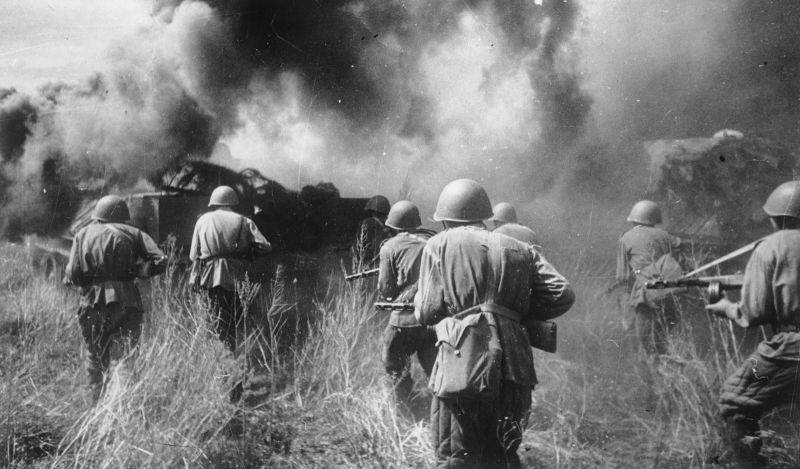Ukraine’s military incursion into Russian territory in the Kursk region is covering some of the same territory on which the Soviet Union scored one of its most important victories over German invaders in World War II, one that some historians say turned the tide of the war in Europe almost a year before the D-Day invasion of Normandy.
The June 6, 1944, landings on the beaches of France are often thought of in the West as the turning point in Nazi leader Adolf Hitler’s conquest of Europe, but the die was cast for Germany’s defeat from July 5 to August 23, 1943, when millions of troops and thousands of tanks and armored guns did battle around Kursk, the historians say.
With victory in Kursk, “the Soviets seized the initiative in the east and never surrendered it until the end of the war,” said Michael Bell, executive director of the Jenny Craig Institute for the Study of War and Democracy at the National World War II Museum in New Orleans.
What was the Battle of Kursk?
In the spring of 1943, Hitler’s army in the east was badly wounded by the Battle of Stalingrad, where the Germans lost almost a million men in their attempt to take the city on the Volga River, rout a battered Soviet army, and capture oil fields in the southern Caucasus that could provide the fuel for Germany’s full conquest of Europe.
Soviet leader Josef Stalin ordered Stalingrad defended at all costs and German advances during the late summer and fall of 1942 were pushed back during the winter, and what was left of the German forces in the city surrendered by February 1943.
As German forces were pushed back along the Eastern Front after Stalingrad, Hitler’s generals looked for a way to regain the initiative in the east and settled on trying to pinch off a Soviet salient, a 150-mile, north-to-south bulge in the German lines, defended by more than a million men and centered on Kursk.
The generals wanted to attack in the spring, but Hitler pushed back the start of the operation, dubbed Operation Citadel, so some of Germany’s newest tanks could be dispatched to the battlefront.
This gave the Soviets ample time to prepare defenses for what was an obvious point for an attack, said Peter Mansoor, a professor of history at The Ohio State University and former US Army armored cavalry commander.
“It was pretty easy to tell that the Germans would have an interest in squeezing this bulge out of the front,” Mansoor said.
Germany would commit as many as 800,000 troops and around 3,000 tanks to take that salient.
But they faced formidable defenses.
Bell, from the World War II museum, said the Soviets prepared a series of defensive lines, dug 3,000 miles of anti-tank ditches and laid 400,000 land mines to defend the bulge, while putting 75% of its armor and 40% of its manpower on the Eastern Front in the Kursk salient or in reserve behind it.
While the new tanks Hitler wanted in the battle were more powerful than Soviet armor, Stalin’s forces had the numerical advantage, Bell said.
“The Germans have some superior equipment, but the superiority in numbers is clearly on the Soviet side,” Bell said.
Some estimates of Soviet strength in the Battle of Kursk surpass 2 million troops and more than 7,000 tanks.
The numerical advantage tipped even further to the Soviet side when on July 9, Allied forces landed on the Italian island of Sicily, opening a new front Hitler had to defend and prompting him to transfer some forces from the Eastern Front to Italy, the historians said.
The German forces that remained could not break the Soviet defenses, falling well short of objectives and never penetrating deep into rear areas.
The cost to Hitler’s forces was steep, with casualty figures ranging up to 200,000 or more killed and around 1,000 tanks lost, according to histories of the battle.
“The Germans were never able to mass forces again to the magnitude that they attempt with this battle,” Bell said.
“What Kursk did was eliminate the German armor reserves and thereby made it impossible for the Germans to successfully defend the Russian front for the rest of the war,” Mansoor said.
“After Kursk, the Germans could no longer replace their manpower losses and they lost the cream of their armored corps there,” he said.
The Kursk battlefield today
When Ukrainian forces crossed the border into the Kursk region on August 6, they had an advantage that the Germans didn’t have in 1943 – surprise.
The offensive was planned in complete secrecy, and troop movements were made to look like reinforcements of defensive positions or an exercise inside Ukraine.
And Russia was not prepared to defend that territory like it was in portions of Ukraine which it has taken, Mansoor said.
In fact, the defenses Russia set up – layers of trenches, mines, anti-tank weapons backed by artillery and armor – in parts of the Donbas region of Ukraine which it occupies are much like the Soviet defenses of Kursk in 1943, he said.
“The Russians have not changed their way of war all that much,” Mansoor said.
And that may play to Ukraine’s advantage today, said the former US Army armored cavalry officer.
Ukraine has created maneuver space inside Russian territory using combined arms warfare – successfully synchronizing infantry, long-range artillery and aviation in support of each other – something Kyiv’s forces had not been able to do before.
“It really changes the nature of the war, at least in that area of the front line,” Mansoor said.

